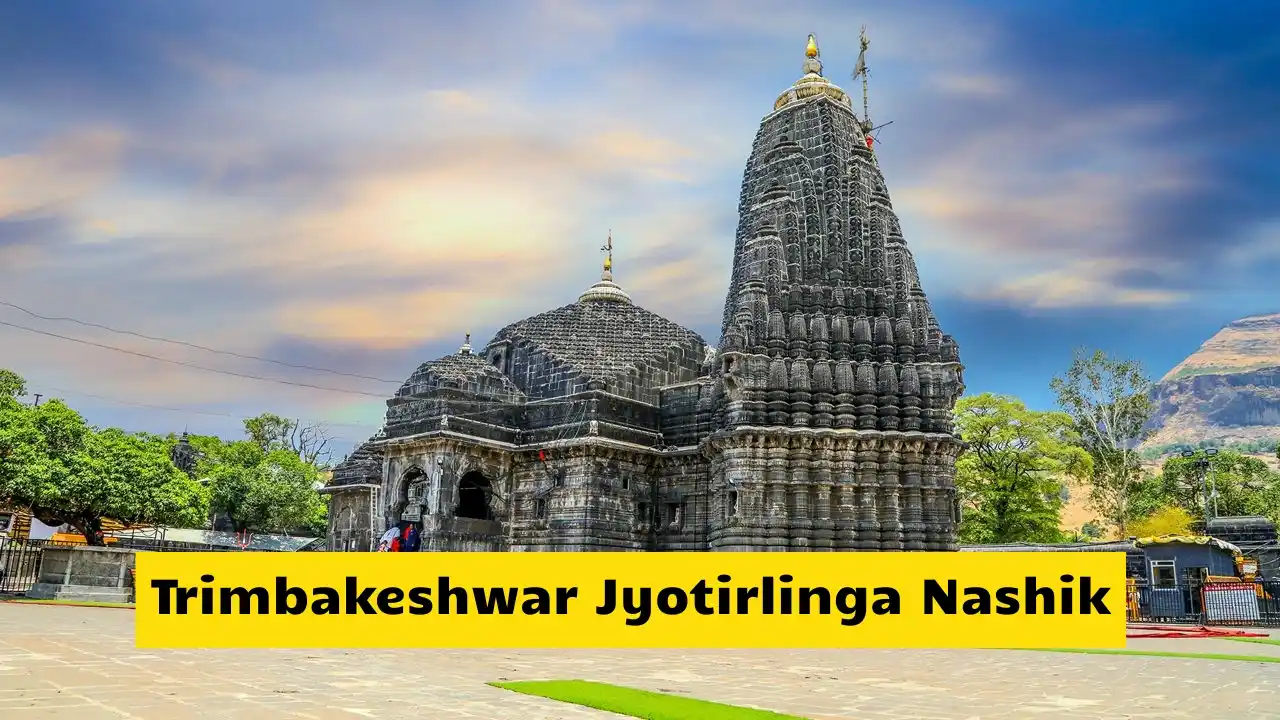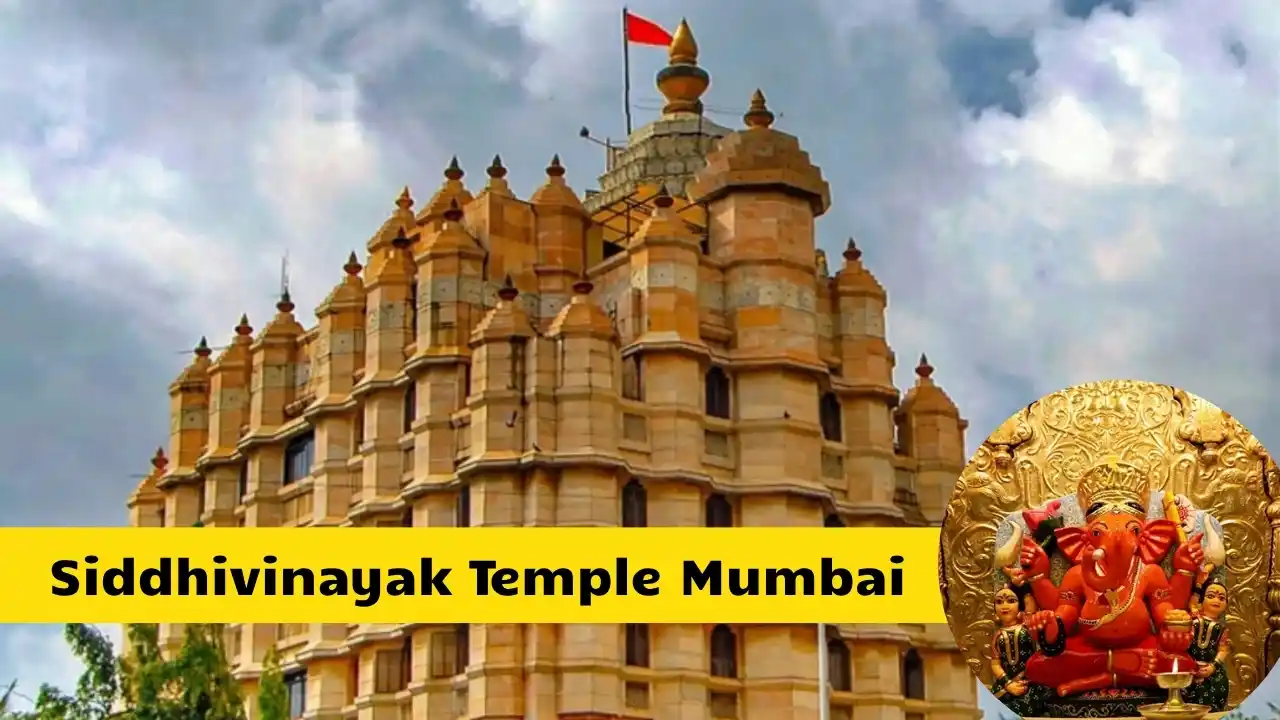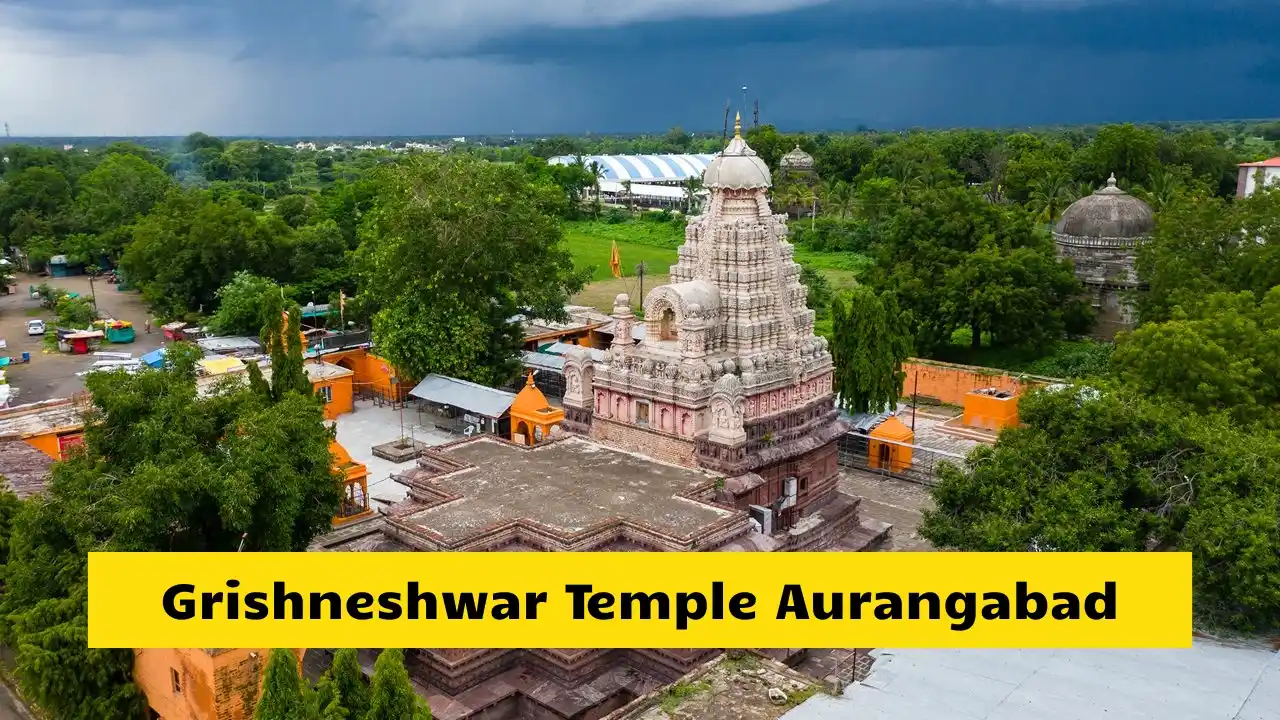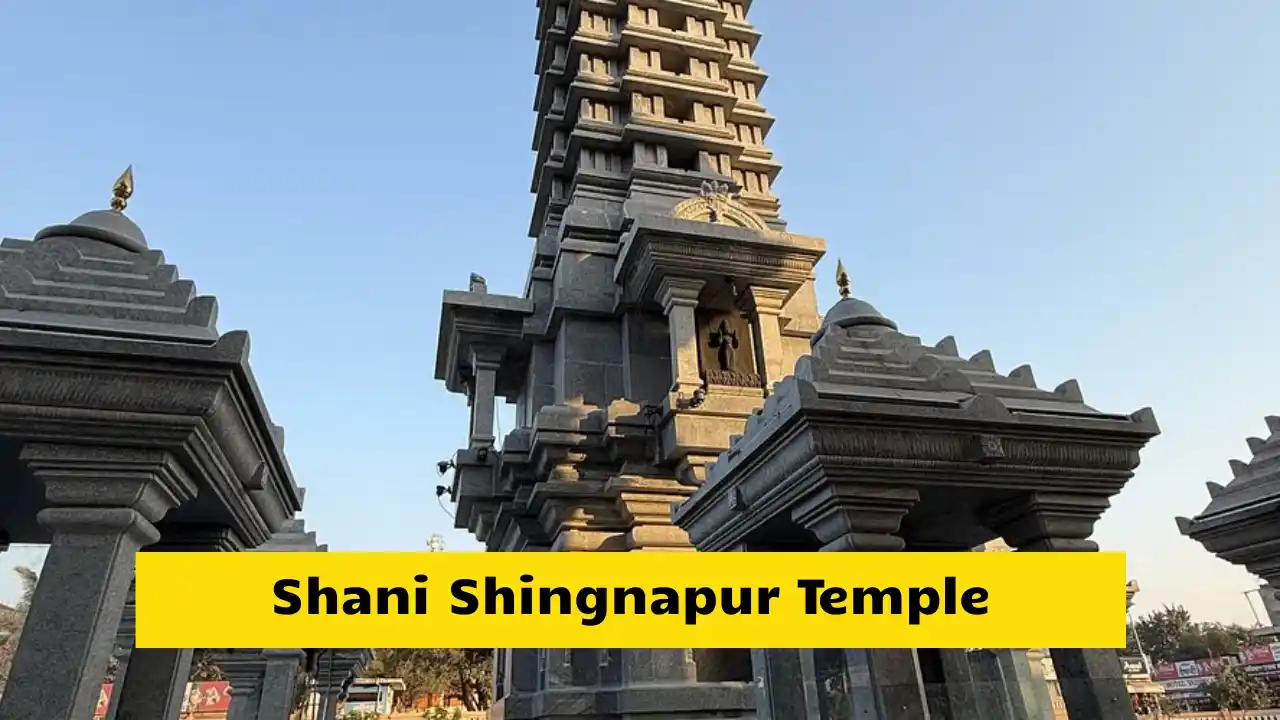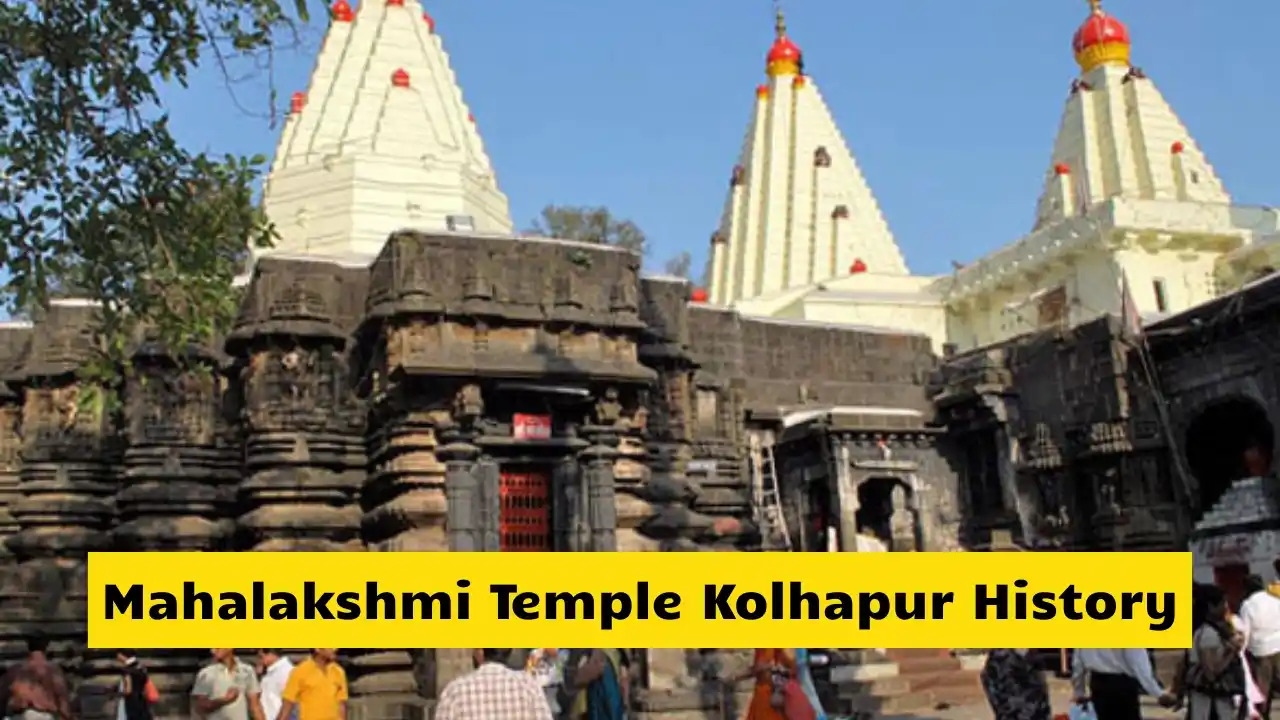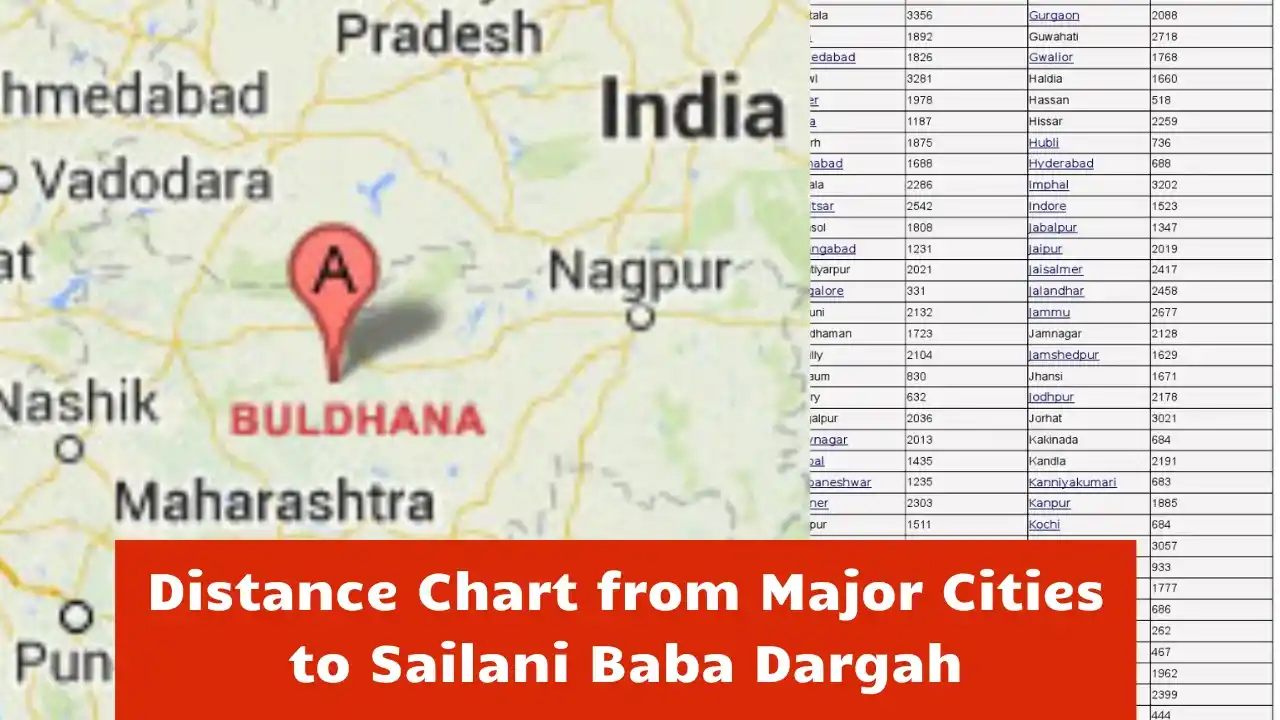Trimbakeshwar Jyotirlinga Temple in Nashik, Maharashtra, is one of the twelve Jyotirlingas of Lord Shiva in India and one of the most sacred pilgrimage destinations for Hindus. It stands near the source of the Godavari River, the second-longest river in India, and is surrounded by green hills and the peaceful beauty of the Western Ghats. Devotees believe that a visit to Trimbakeshwar brings blessings, removes sins, and fulfills spiritual desires.
Mythological Importance
According to ancient scriptures, Lord Shiva chose Trimbakeshwar as his home because of the deep devotion of Gautam Rishi and Ahilya Devi. The sage prayed to Lord Shiva for the release of the holy river Godavari, and his prayers were answered. The temple thus became the birthplace of the river. The word Trimbak means “three-eyed,” referring to Lord Shiva’s divine form. It is believed that worshipping here grants both spiritual knowledge and worldly happiness.
Temple Architecture
The Trimbakeshwar Temple is an architectural masterpiece built in black basalt stone during the 18th century by Peshwa Balaji Bajirao (Nana Saheb). The temple’s design follows the traditional Nagare style, featuring beautifully carved pillars, intricate sculptures, and a tall spire. Inside the sanctum, the Jyotirlinga is in the form of a small pit with three faces, symbolizing Brahma, Vishnu, and Mahesh (Shiva). Unlike other Jyotirlingas, this one is always wet, as it is constantly covered with sacred water. The entire temple radiates divine energy and calmness.
Location and How to Reach
Trimbakeshwar is located about 30 kilometers from Nashik city and around 180 kilometers from Mumbai. It is well connected by road and rail.
By Road: Frequent buses and taxis are available from Nashik Central Bus Stand to Trimbakeshwar. The drive takes around one hour through scenic hills and green countryside.
By Train: The nearest railway station is Nashik Road Railway Station, which is connected to major cities like Mumbai, Pune, and Delhi. From the station, taxis and buses are easily available.
By Air: The nearest airport is Nashik Airport (Ozar), about 40 kilometers away. Mumbai International Airport is the next major option, located 180 kilometers from the temple.
Temple Timings and Rituals
The temple opens early in the morning and remains open until late in the evening for devotees.
- Morning Darshan: 5:30 AM to 12:00 PM
- Afternoon Break: 12:00 PM to 1:00 PM
- Evening Darshan: 1:00 PM to 9:00 PM
The main rituals performed here include Abhishek, Rudrabhishek, Narayan Nagbali Puja, Kaal Sarp Dosh Nivaran, and Pind Daan. These rituals are believed to remove obstacles, purify the soul, and offer peace to ancestors. Devotees can book pujas in advance at the official temple counter or online through trusted portals. Mondays and Shravan month (July–August) are considered the most auspicious for darshan.
Holy Godavari River and Kushavarta Kund
The Godavari River originates near the temple at a sacred pond called Kushavarta Kund. According to legend, the river began flowing here after Sage Gautam’s penance. Devotees take a holy dip in this pond before entering the temple, as it is believed to wash away sins. During the Kumbh Mela, millions of pilgrims gather here to bathe in the sacred water and seek salvation. The Kund and its surrounding area are beautifully maintained by the temple trust.
Festivals and Celebrations
Trimbakeshwar is a center of religious activity throughout the year.
- Mahashivratri: The grandest festival, when thousands of devotees visit to perform night-long prayers and Rudrabhishek.
- Shravan Month: Every Monday of this month is special, and the temple sees huge crowds.
- Kumbh Mela: Held every 12 years in Nashik and Trimbakeshwar, it is one of the largest religious gatherings in the world. Millions of saints, sadhus, and devotees take part in holy rituals on the banks of the Godavari.
Dress Code and Etiquette
Devotees should wear modest and traditional clothes while visiting the temple. Men are encouraged to wear dhoti or kurta-pajama, and women should wear saree or salwar-kameez. Footwear must be removed before entering the temple. Photography is not allowed inside the sanctum. Silence should be maintained during puja. The temple management provides facilities like drinking water, lockers, and restrooms for convenience.
Accommodation for Devotees
Several Dharamshalas, guest houses, and hotels are available near the temple. The Trimbakeshwar Temple Trust maintains clean and affordable rooms for pilgrims. Nashik city also offers a range of hotels, from budget to luxury. During major festivals like Mahashivratri or Shravan month, it is best to book rooms early as the area becomes crowded.
Nearby Attractions
- Anjaneri Fort: Believed to be the birthplace of Lord Hanuman, located 10 km from Trimbakeshwar.
- Brahmagiri Hills: Offers a trekking experience with scenic views and ancient caves.
- Saptashrungi Devi Temple: One of Maharashtra’s Shakti Peethas, located about 65 km away.
- Panchavati (Nashik): A sacred area associated with Lord Rama’s exile, about 30 km away.
These places make the trip to Trimbakeshwar a complete spiritual and cultural experience.
Best Time to Visit
Trimbakeshwar can be visited any time of the year, but the best season is between October and February, when the weather is cool and comfortable. Avoid peak monsoon months (July–September) unless you are traveling for the Shravan celebrations. Early morning darshan is the most peaceful and allows devotees to avoid long queues.
Travel Tips for Pilgrims
- Carry a small water bottle and light snacks.
- Avoid carrying valuable items inside the temple.
- Book pujas only at official counters to avoid fraud.
- Wear light cotton clothes in summer and warm clothes during winter mornings.
- For special rituals like Kaal Sarp Dosh Puja, consult authorized priests inside the temple premises.
Conclusion
Trimbakeshwar Jyotirlinga in Nashik is not just a temple—it is a spiritual center where faith and nature come together. The calm surroundings, sacred river, and powerful presence of Lord Shiva make it a place of divine peace. Every visit to this holy temple reminds devotees of the eternal truth that God is everywhere and within everyone. Whether you go to perform rituals or simply to seek blessings, Trimbakeshwar offers a deeply spiritual experience that stays in the heart forever.
